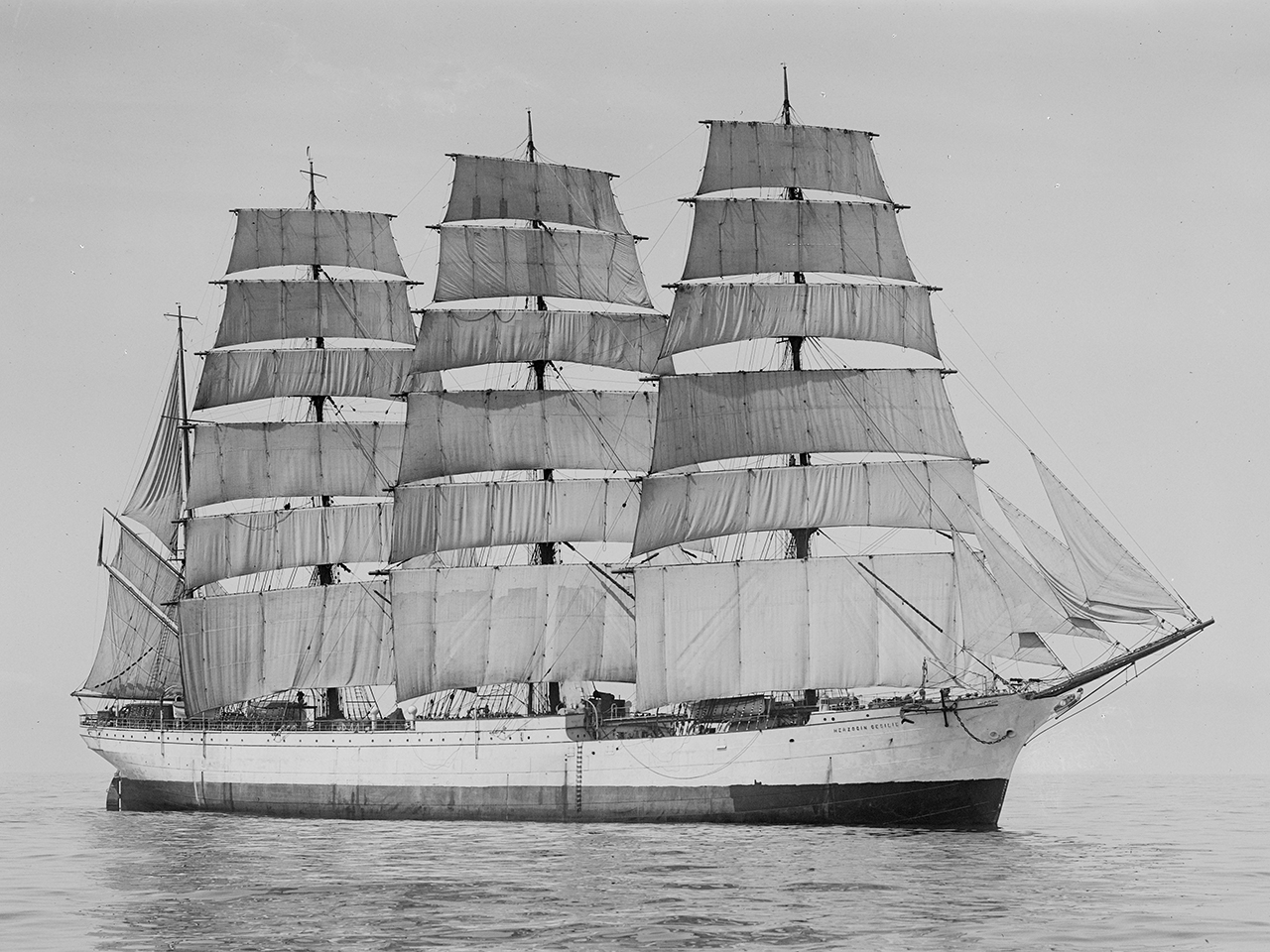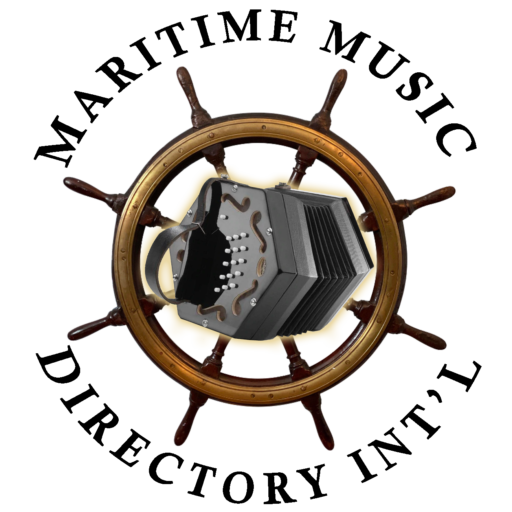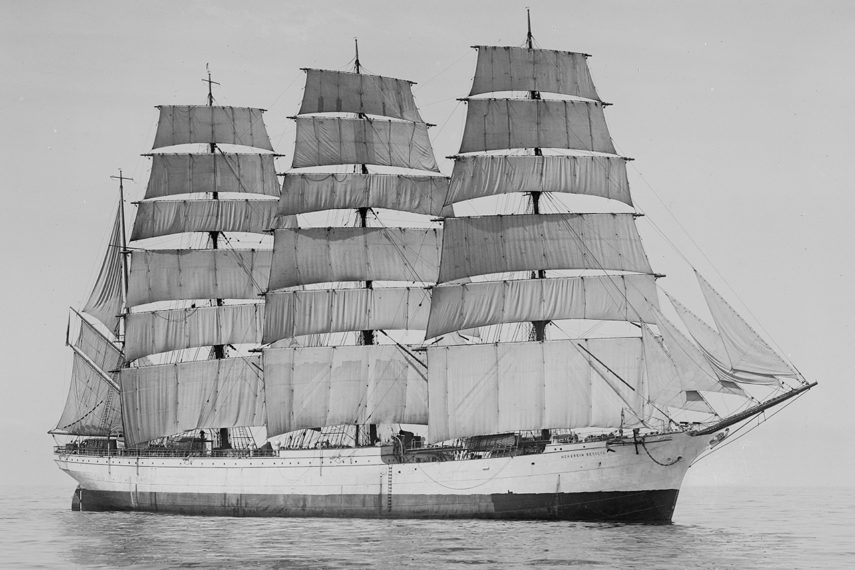
With Sven Erikson as her captain and Elis Karlsson her first mate, the ship left Port Lincoln in South Australia on 21 January 1935, with a cargo of wheat, and after taking a more southerly route than usual, reached Falmouth for orders on 18 May, making her passage of 86 days the second fastest ever. Herzogin Cecile was making for Ipswich in dense fog, when, on 25 April 1936, she grounded on Ham Stone Rock and drifted onto the cliffs of Bolt Head on the south Devon coast. After parts of the cargo were unloaded, she was floated again, only to be towed in June 1936 to Starhole (Starehole) Bay at the mouth of the nearby Kingsbridge Estuary near Salcombe, and beached there. On 18 January 1939, the ship capsized and sank. The remains of the ship sit at a depth of 7 meters at 50°12.82′N 3°47.02′W.
Read the complete article on Wikipedia.
Here is a related article from Devon Live.
From The Mudcat Café: “Ken Stephens wrote this song not knowing that the Herzogin Cecile (Duchess Cecile was one of the Kaiser’s nieces) was a four-masted bark. He wrote the chorus ‘She’s the mighty full rigged ship – the Herzogin Cecile‘. Stan Hugill interrupted Geoff Kaufman onstage with, ‘That were no full rigged ship. That were a four-masted bark!’”
There is a running conversation about the thing upon which the ship ran upon. From the Mudcat Café we read “She’s run upon the Bobtail.” William Pint and Felicia Dale sing, “She’s run upon the Bolt Head.” Tom Lewis advised, “it is the ‘Boat Tail’.”
deal: n., a plank of softwood (fir or pine board)

